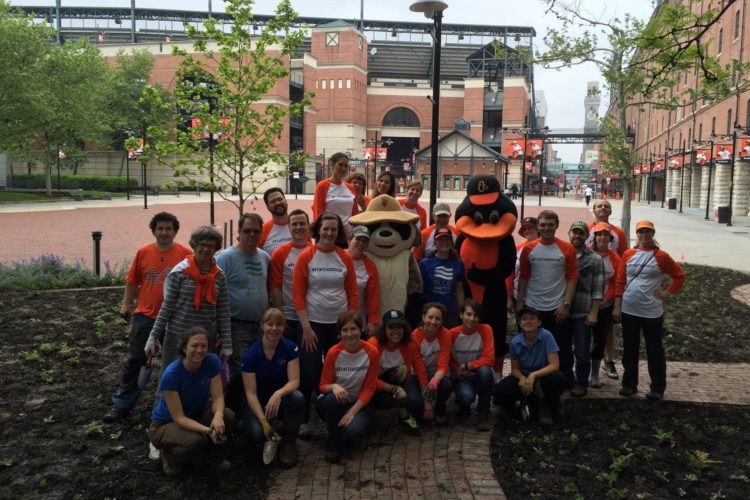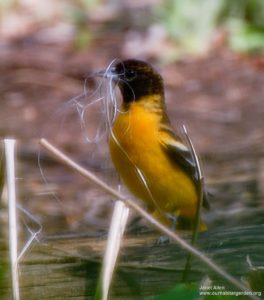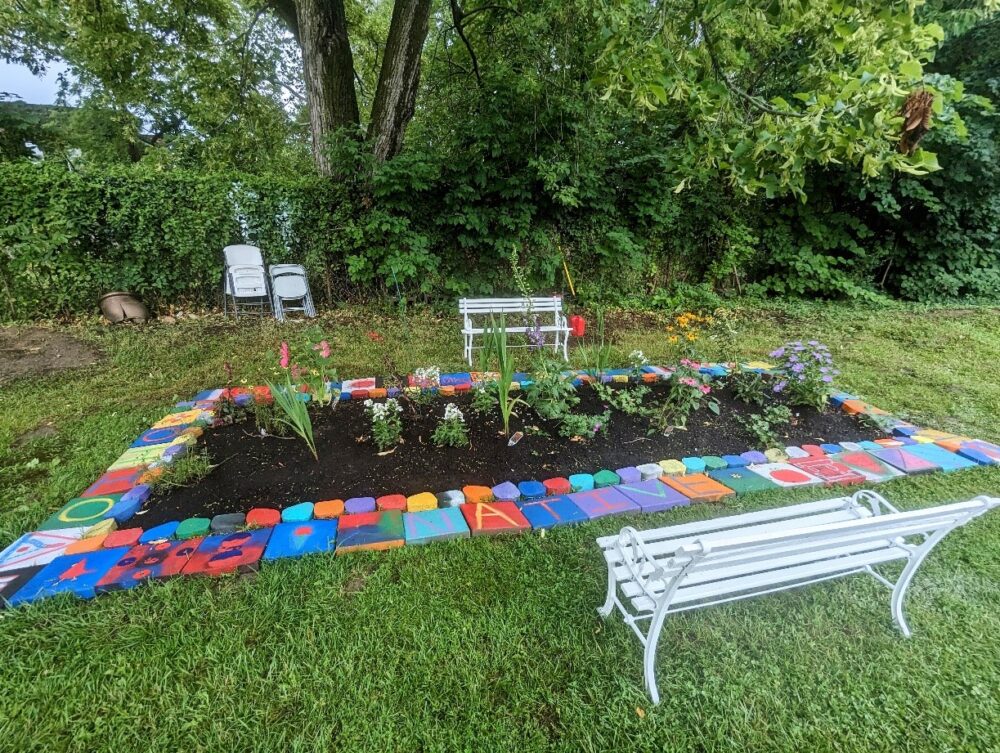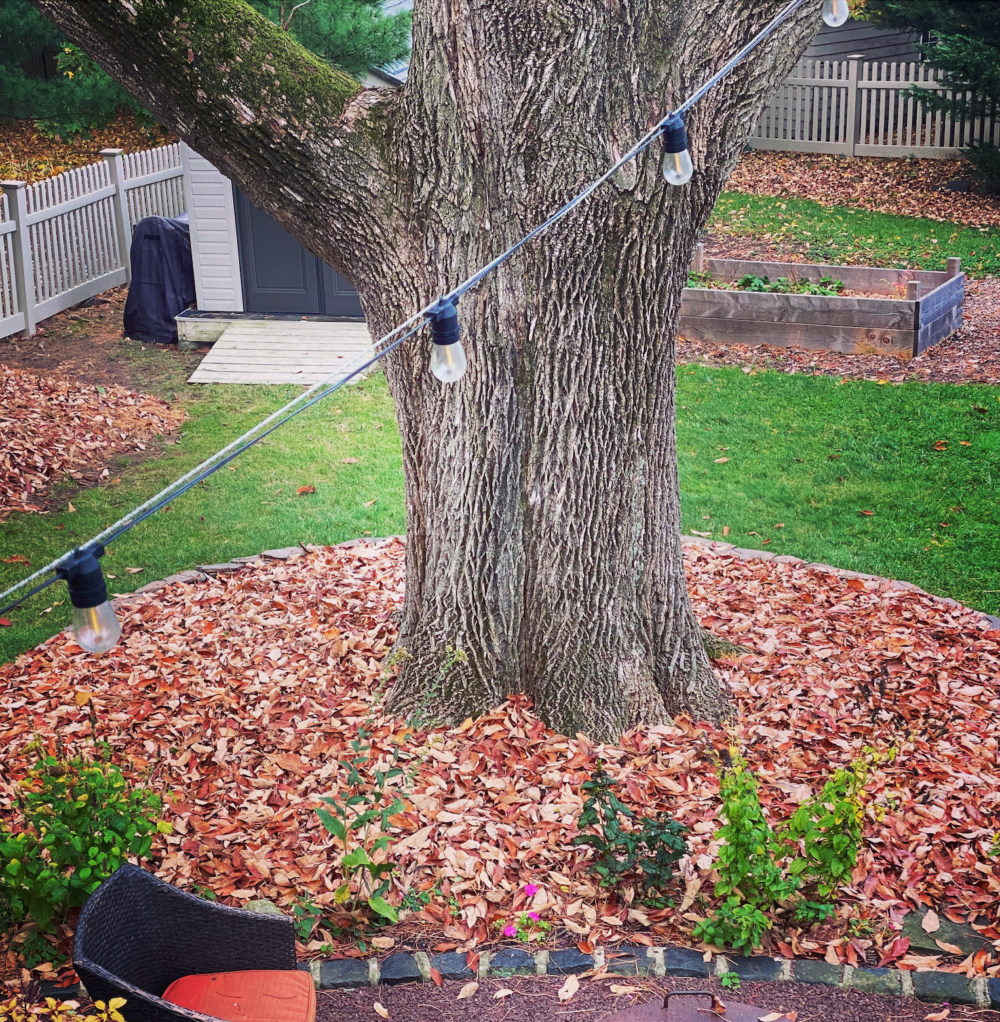We have much more to do and your continued support is needed now more than ever.
Bringing Baltimore Orioles Back to the Ballpark

Baltimore’s native birds need our help. According to the North American Breeding Bird Survey, Baltimore oriole populations have declined throughout their range. Much like our baseball team, Baltimore orioles winter in warmer climates and return home in the spring. Because they breed in North America and winter in Central and South America, migratory birds like the Baltimore orioles are vulnerable to deforestation and habitat loss in many nations.

That’s why the National Wildlife Federation teamed up with the Baltimore Orioles baseball team and the Maryland Stadium Authority to design and install a showplace demonstration garden for orioles, butterflies, and other local pollinators.
Home of the beloved Baltimore Orioles and affectionately known by residents as Birdland, there’s no better place than Oriole Park at Camden Yards to educate and inspire fans. Together, our staff and volunteers have installed more than 12,000 native plants to create this garden #FortheBirds!
Scoring a Home Run with Native Plants

The native plant garden will provide orioles, other local birds, butterflies and pollinators the food and shelter they need to survive.
Baltimore orioles can use the stalks and fibers from the milkweed planted to create their unique basket-shaped nests. Asclepias tuberosa, the milkweed known commonly as butterfly weed and pictured on the right, has striking orange flowers through the summer for pollinators.
Native plants are adapted to the local climate and require less maintenance than ornamental or non-native varieties. In addition to providing important wildlife habitat, native plant gardens can also help reduce polluted runoff from entering local waters and the Chesapeake Bay.
Rooting for the Birds
The Oriole Garden at Camden Yards will welcome back both sets of birds each spring. The garden coincides with the orioles’ migratory pattern, putting it in their direct path home. The conservation of migratory songbirds like the Baltimore oriole requires international cooperation, but there is a lot individuals can do to help from their own backyards.
Learn MoreLearn how to create a wildlife habitat garden in your own backyard.
Now the millions of fans who attend Orioles games annually will have an opportunity to see the garden and – through educational signs – learn how they can replicate wildlife friendly gardens at home and in their community. Take a trip to the stadium and visit this summer!

As part of the National Wildlife Federation’s Grow Together Baltimore project, we are working with communities to grow vibrant green spaces that benefit Baltimore’s residents in many ways. With the help of our Maryland state affiliate, the National Aquarium, we are leading an effort to help Baltimore Grow Together by certifying the city as the largest Community Wildlife Habitat in the Chesapeake Bay region.

The Baltimore Oriole’s garden was designed by Claudia West from North Creek Nurseries and co-author of Planting in a Post-Wild World: Designing Plant Communities for Resilient Landscapes. With more than 25 varieties of native plants, the garden provides interest and important habitat throughout the seasons. Many plants feature orange blooms – perfect for Baltimore during baseball season. Learn more about the garden at nwf.org/orioles.
Share your garden #FortheBirds and experiences in nature by uploading your favorite photos and wildlife gardening observations!




















